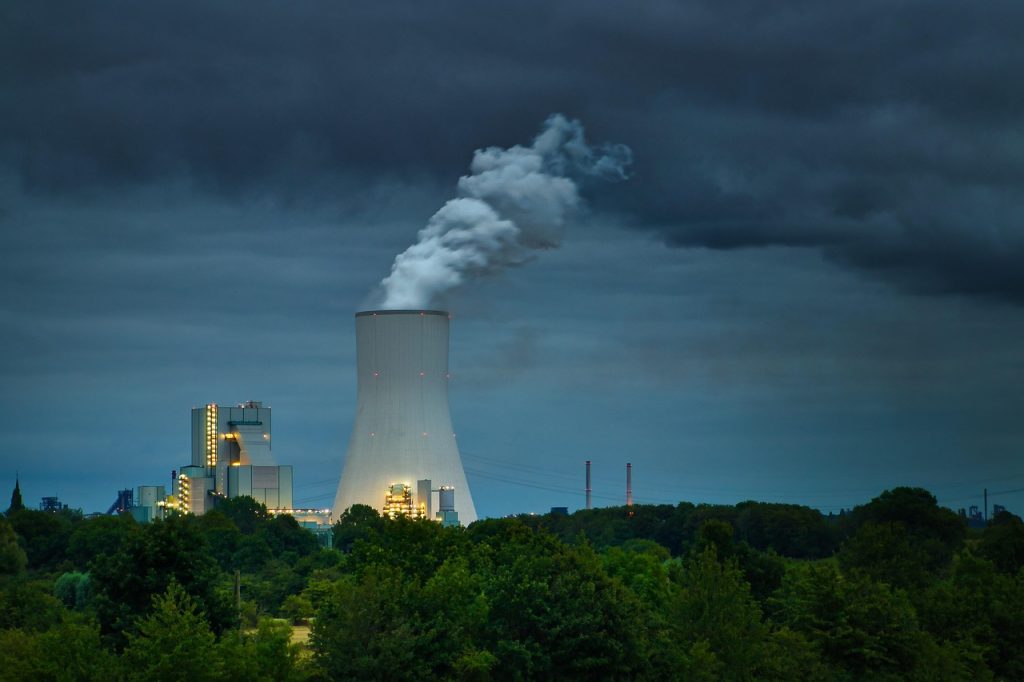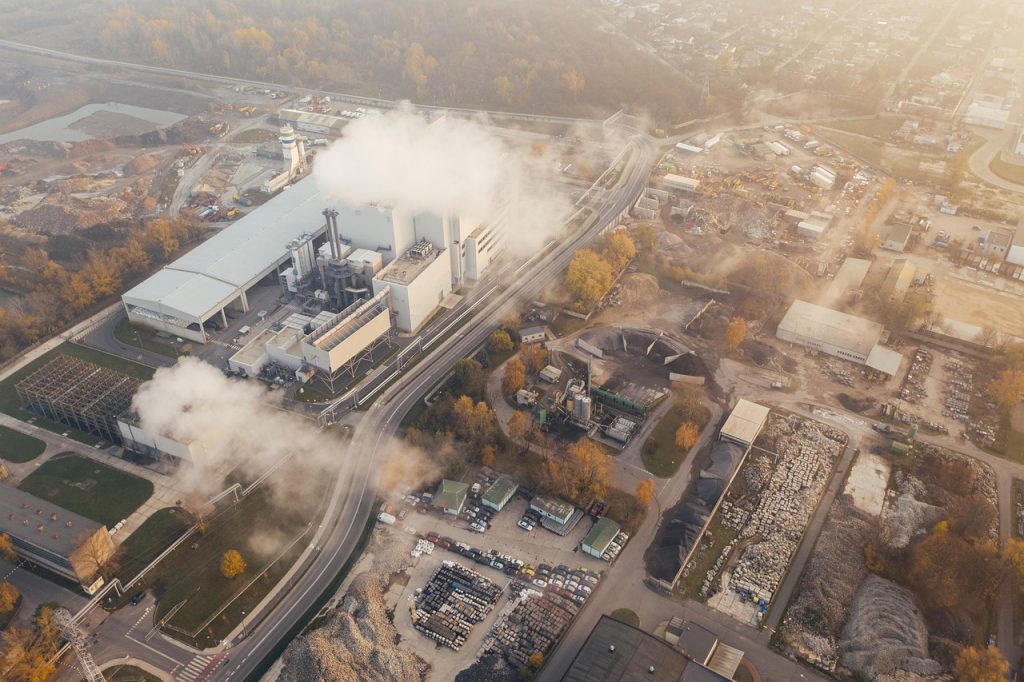Achieving net-zero emissions is no longer a distant aspiration but an urgent imperative for businesses worldwide. The journey, however, is complex, demanding a strategic blend of vision, meticulous planning, and relentless execution. In this ranking, we assess the critical foundational pillars of net-zero strategies, weighing the unique strengths of human ingenuity against the analytical prowess of Artificial Intelligence (AI).
Human Ranking: 1st Place – Visionary Leadership & Stakeholder Engagement
At the very top of the human contribution to net-zero strategies is the visionary leadership and the ability to foster comprehensive stakeholder engagement. While AI can analyze market trends and suggest optimal pathways, it cannot inspire cultural shifts, build consensus across diverse departments, or effectively communicate the “why” behind an ambitious net-zero target. Human leaders are essential for:
- Setting the Ambitious North Star: Defining a clear, inspiring net-zero vision (e.g., “Net-zero by 2030” or “Carbon Neutral by 2040”) requires human courage, foresight, and a deep understanding of market positioning and brand reputation. This isn’t just about compliance; it’s about competitive advantage and attracting talent.
- Championing the Cause Internally: Driving buy-in from the C-suite down to every employee is a profoundly human endeavor. It involves education, empathy, and tailoring the message to resonate with different roles and responsibilities. Without this internal alignment, even the most data-driven strategies will falter.
- Navigating Complex External Landscapes: Engaging with policymakers, suppliers, customers, and investors on net-zero commitments demands nuanced communication, negotiation skills, and the ability to build trust. Humans excel at understanding the political and social dimensions of sustainability.
- Fostering a Culture of Innovation: Net-zero often requires entirely new ways of operating. Humans, with their creativity and problem-solving abilities, are crucial for fostering an environment where new ideas are welcomed, tested, and scaled.
AI Ranking: 1st Place – Baseline Measurement & GHG Protocol Adherence
When it comes to the crucial first step of establishing a robust baseline and adhering to greenhouse gas (GHG) protocol standards, AI emerges as the undisputed champion. The sheer volume and complexity of data involved in calculating Scope 1, 2, and 3 emissions make it an ideal task for AI’s superior processing capabilities. AI excels at:
- Comprehensive Data Collection & Aggregation: AI-powered platforms can integrate data from countless sources – energy meters, fuel consumption records, supply chain logistics, employee travel, waste management, etc. – far faster and more accurately than manual methods.
- Precise Emission Calculation & Categorization: AI algorithms can apply complex GHG protocol methodologies (e.g., ISO 14064, SBTi) to the collected data, ensuring accurate calculation and proper categorization into Scope 1 (direct emissions), Scope 2 (purchased energy), and Scope 3 (value chain emissions). This precision is vital for credible reporting and target setting.
- Identification of Emission Hotspots: By analyzing vast datasets, AI can rapidly identify the most significant sources of emissions within an organization’s operations and supply chain. This allows businesses to prioritize their reduction efforts for maximum impact.
- Real-time Monitoring and Reporting: AI-driven dashboards can provide continuous, real-time insights into emissions performance, enabling businesses to track progress against targets and generate transparent reports for stakeholders with unparalleled efficiency.
Human-AI Synergy: Setting Science-Based Targets (SBTs)
The process of setting science-based targets (SBTs) perfectly exemplifies powerful human-AI synergy. AI can provide the granular data and predictive modeling necessary to understand potential reduction pathways aligned with 1.5°C warming scenarios. It can simulate various decarbonization strategies, assess their feasibility, and project their impact on emissions and costs. However, humans are essential for:
- Strategic Interpretation and Decision-Making: While AI can present options, human strategists must interpret the data within the context of business objectives, risk appetite, and competitive landscape. They decide which targets are ambitious yet achievable.
- Negotiating and Validating Targets: Engaging with internal and external experts to validate the chosen targets, ensuring they are scientifically sound and commercially viable, is a human-led process.
- Integrating Targets into Business Strategy: Embedding SBTs into core business operations, R&D, and financial planning requires human oversight and strategic integration.
In conclusion, establishing the foundational pillars of net-zero is a testament to both human strategic leadership and AI’s analytical precision. While humans provide the vision and drive, AI provides the indispensable data foundation for credible and impactful action.


